Qing Su
- Name
- Dr. Qing Su
- Institution
- University of Nebraska-Lincoln
- Position
- Research Assistant Professor
- Affiliation
- University of Nebraska-Lincoln
- h-Index
- 16
- ORCID
- 0000-0003-2477-0002
- Biography
Nanjing University
China
Chemistry
B.S., 2007
Texas A&M University
College Station
Materials Science and Engineering
Ph.D., 2013
|
"Influence of topological constraints on ion damage resistance of amorphous hydrogenated silicon carbide"
Qing Su,
Acta Materialia
Vol. 165
2018
587-602
Link
Radiation damage in materials is an important reliability issue in applications ranging from microelectronic devices to nuclear reactors. However, the influence of atomic structure and specifically topological constraints on the ion damage resistance of amorphous dielectrics has until recently been largely neglected. We have investigated the 120 keV He+ ion damage resistance for a series of amorphous hydrogenated silicon carbide (a-SiC:H) thin films. Changes in elemental composition and atomic structure induced by He+ ion irradiation were monitored using nuclear reaction analysis, Rutherford backscattering spectroscopy, transmission Fourier-transform infrared spectroscopy, and transmission electron microscopy while changes in mechanical properties were investigated using nanoindentation measurements. We show that for 120 keV He+ ion doses producing up to one displacement per atom, significant hydrogen loss, bond rearrangement, film shrinkage, and mechanical stiffening were induced for films with mean atomic coordination (〈r〉) ≤ 2.7, while comparatively minor changes were observed for films with 〈r〉 > 2.7. The observed radiation hardness threshold at 〈r〉rad > 2.7 is above the theoretically predicted rigidity percolation threshold of 〈r〉c = 2.4. Based on the observed elimination of terminal CH bonds and SiCH2Si linkages, the higher radiation hardness threshold is interpreted as evidence that these bonds are too weak to function as constraints in high-energy ion collisions. Eliminating these constraints increased 〈r〉c to 2.7, in agreement with the observed 〈r〉rad = 2.7. These results demonstrate the key role of topological constraints in ion damage resistance and provide additional criteria for the design of ion-damage-resistant amorphous materials. |
||
|
"Radiation Tolerance in Nano-Structured Crystalline Fe(Cr)/Amorphous SiOC Composite"
Qing Su,
Crystals
Vol. 9
2019
147
Link
The management of irradiation defects is one of key challenges for structural materials in current and future reactor systems. To develop radiation tolerant alloys for service in extreme irradiation environments, the Fe self-ion radiation response of nanocomposites composed of amorphous silicon oxycarbide (SiOC) and crystalline Fe(Cr) were examined at 10, 20, and 50 displacements per atom damage levels. Grain growth in width direction was observed to increase with increasing irradiation dose in both Fe(Cr) films and Fe(Cr) layers in the nanocomposite after irradiation at room temperature. However, compared to the Fe(Cr) film, the Fe(Cr) layers in the nanocomposite exhibited ~50% less grain growth at the same damage levels, suggesting that interfaces in the nanocomposite were defect sinks. Moreover, the addition of Cr to α-Fe was shown to suppress its grain growth under irradiation for both the composite and non-composite case, consistent with earlier molecular dynamic (MD) modeling studies. |
||
|
"Resistance to Helium Bubble Formation in Amorphous SiOC/Crystalline Fe Nanocomposite"
Qing Su,
Materials
Vol. 12
2018
93
Link
The management of radiation defects and insoluble He atoms represent key challenges for structural materials in existing fission reactors and advanced reactor systems. To examine how crystalline/amorphous interface, together with the amorphous constituents affects radiation tolerance and He management, we studied helium bubble formation in helium ion implanted amorphous silicon oxycarbide (SiOC) and crystalline Fe composites by transmission electron microscopy (TEM). The SiOC/Fe composites were grown via magnetron sputtering with controlled length scale on a surface oxidized Si (100) substrate. These composites were subjected to 50 keV He+ implantation with ion doses chosen to produce a 5 at% peak He concentration. TEM characterization shows no sign of helium bubbles in SiOC layers nor an indication of secondary phase formation after irradiation. Compared to pure Fe films, helium bubble density in Fe layers of SiOC/Fe composite is less and it decreases as the amorphous/crystalline SiOC/Fe interface density increases. Our findings suggest that the crystalline/amorphous interface can help to mitigate helium defect generated during implantation, and therefore enhance the resistance to helium bubble formation. |
| DOE Awards 33 Rapid Turnaround Experiment Research Proposals - Projects total approximately $1.5 million These projects will continue to advance the understanding of irradiation effects in nuclear fuels and materials in support of the mission of the DOE Office of Nuclear Energy. Monday, May 14, 2018 - Calls and Awards |
| DOE Awards 33 Rapid Turnaround Experiment Research Proposals - Projects total approximately $1.2 million These projects will continue to advance the understanding of irradiation effects in nuclear fuels and materials in support of the mission of the DOE Office of Nuclear Energy. Monday, June 18, 2018 - Calls and Awards |
| DOE Awards 31 RTE Proposals, Opens FY-20 1st Call - Projects total $1.1 million; Next proposals due 10/31 Awards will go to 22 principal investigators from universities, six from national laboratories, and three from foreign universities. Tuesday, September 17, 2019 - Calls and Awards, Announcement |
Dual beam irradiation stability of amorphous silicon oxycarbide (SiOC) - FY 2019 RTE 3rd Call, #19-2848
Radiation tolerance of nanostructured amorphous/crystalline SiOC/Fe(Cr) nanocomposites - FY 2018 RTE 3rd Call, #18-1509
Atom Probe Tomography Study of Helium precipitates in amorphous/crystalline SiOC/Fe nanocomposites - FY 2018 RTE 2nd Call, #18-1385
About Us
The Nuclear Science User Facilities (NSUF) is the U.S. Department of Energy Office of Nuclear Energy's only designated nuclear energy user facility. Through peer-reviewed proposal processes, the NSUF provides researchers access to neutron, ion, and gamma irradiations, post-irradiation examination and beamline capabilities at Idaho National Laboratory and a diverse mix of university, national laboratory and industry partner institutions.
Privacy and Accessibility · Vulnerability Disclosure Program

